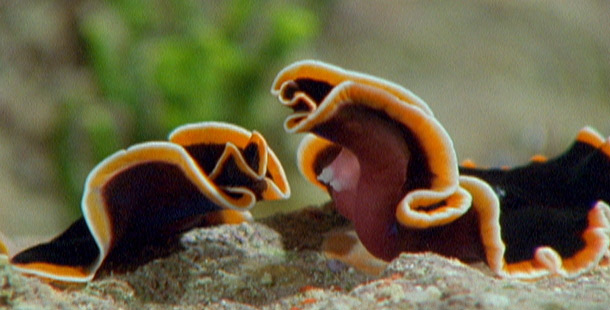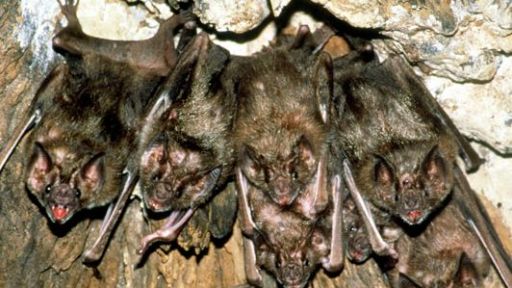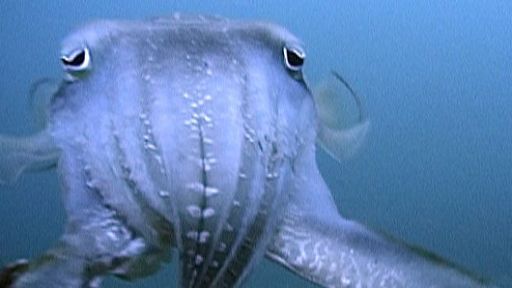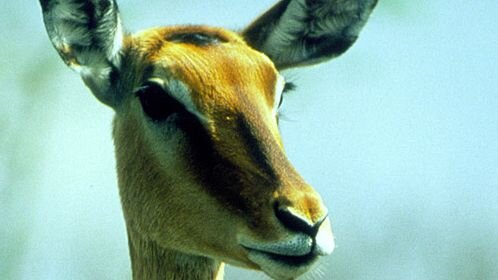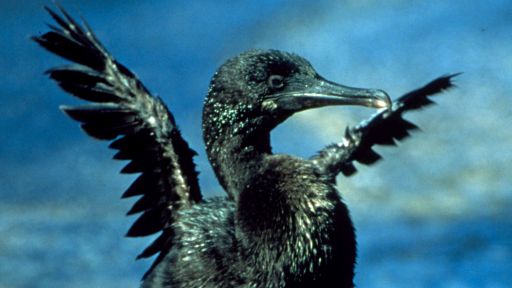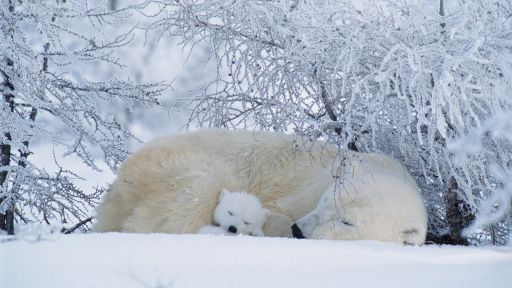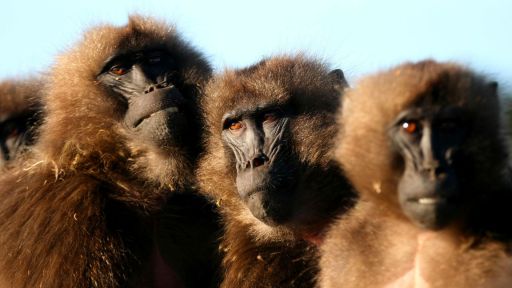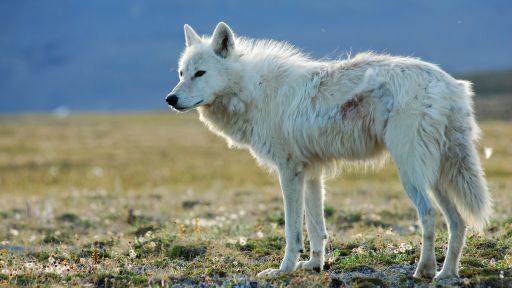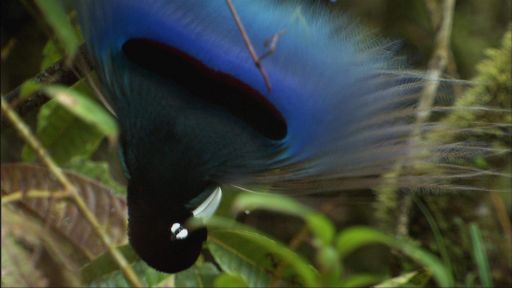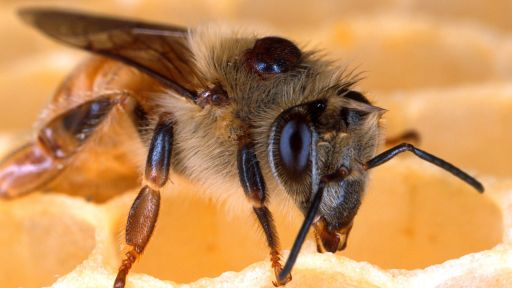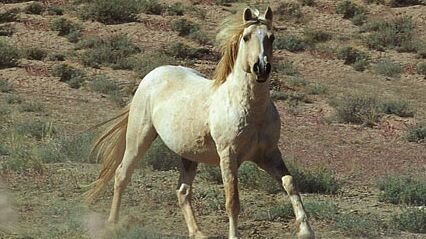Gene Swapping Variety is indeed the spice of life. That is the message of THE MATING GAME, Part 2 of NATURE’s six-part TRIUMPH OF LIFE series. It takes a passionate look at the evolution of sex, which allows a species to pass its genes along from generation to generation.
Sex is everywhere. Bees do it and birds do it — and so do lizards and bacteria. In its simplest form, sex is the process of mixing genes from two parents into a new offspring. This gene swapping ensures that each generation is just a bit different from the one that came before, and that each individual is a bit different from others.
This variation gives the species a better chance of surviving changing conditions. A few individuals, for instance, might be able to survive a deadly new virus and carry on the species, while the rest die. Eventually, the virus-resistant newcomers might even evolve into a new species.
Just because sex is everywhere, however, doesn’t mean that all organisms do it the same way. Evolution has produced virtually every conceivable combination of mating behaviors, as THE MATING GAME shows.
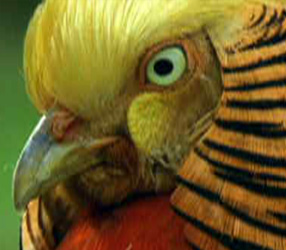
A male’s bird’s bright plumage is more than just eye-catching. Colors can also tell a potential mate about the man’s health a vigor. |
In some species, for instance, the males compete with each other for the chance to mate with females. But in others, it is the females who vie to be the more attractive mate. Sometimes, the female is bigger, in order to hold more eggs. But in others, such as humans, the male is typically a bit larger. In some species, the females do most of the hard labor of child rearing; in others, it is the male that does all the work. And in some species, such as many marine fish, the kids are left to fend for themselves.
Other animals have evolved especially creative approaches to sex. Some female lizards, for instance, don’t need males to reproduce. Each female can lay eggs that produce “clones,” or genetically identical baby lizards. While cloning allows the species to reproduce under very harsh environmental conditions, it also leaves the identical offspring much more vulnerable to disease or environmental changes.
Some marine worms have taken another approach — each individual is both male and female. These “hermaphrodites” have the option of being mother or father. And a few fish take the idea in another direction. They can change sexes depending on circumstances, spending part of their lives as males and part as females.
It all goes to show that sex is never simple. But it has proven an essential engine for the evolution of life on Earth.

